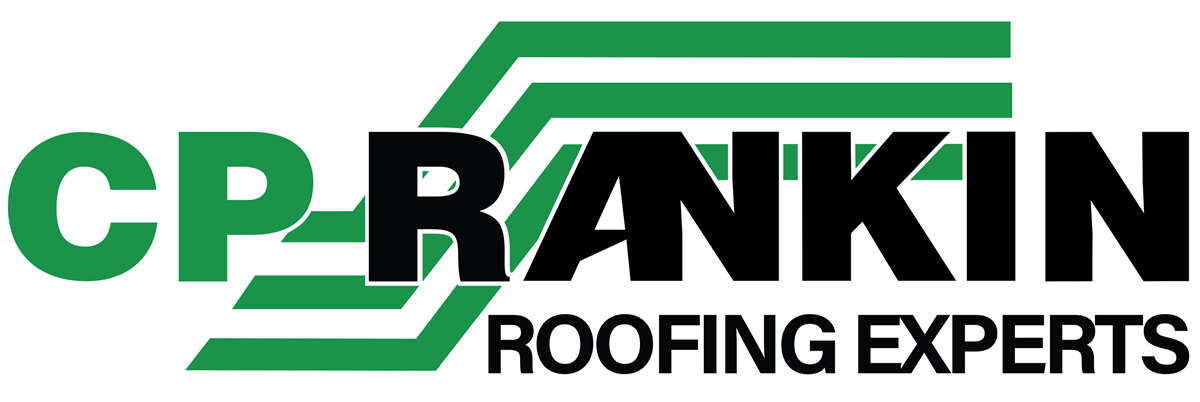A commercial building’s roofing system is not just about shelter; it plays a vital role in protecting the entire structure from the elements. One often overlooked aspect of this defense mechanism is the roof drain. In this blog post, we’ll delve into the significance of maintaining roof drains in commercial buildings and how neglecting this crucial component can lead to severe consequences.
The Function of Roof Drains
Roof drains are the unsung heroes of commercial roofing systems. Their primary function is to prevent water from accumulating on the roof during heavy rainfall. Without proper drainage, stagnant water poses significant risks to the building’s structural integrity, the roofing materials, and even the overall aesthetics.
Water Damage: A Silent Threat
Stagnant water on your commercial roof may seem harmless at first glance, but it’s a silent threat that can cause extensive damage over time. Water, if allowed to linger, can slowly deteriorate roofing materials, leading to premature degradation and failure. Additionally, it provides a breeding ground for algae and plants, creating an environment that attracts pests such as birds and insects.
Preventing Ponding with Proper Slope
While residential roofs benefit from gravity-driven gutter systems, commercial buildings with low-slope roofs need a more proactive approach to water removal. This is where the importance of a properly-designed slope, often achieved with tapered insulation, comes into play. The slope directs water toward strategically placed roof drains, preventing it from pooling on the roof.
Common Types of Roof Drains
Understanding the different types of roof drains is crucial for effective drainage in commercial buildings:
Inner Drains: Connected to sloped pipes under the roof, utilizing gravity and the roof slope to guide water to the drain.
Scuppers: Positioned at the roof’s edge, scuppers drain water into downspouts or extend away from the building.
Siphonic Drains: Equipped with baffles that create a vacuum, siphoning water at high velocity and preventing debris blockage.
Importance of Regular Maintenance
Regular inspection and maintenance of roof drains are paramount to their proper functionality. Debris accumulation at low points on the roof can lead to clogs, hindering water flow, and increase the risk for structural damage. Just an inch of standing water can add significant weight to the roof, exerting unnecessary stress on the building’s structure.
In conclusion, maintaining commercial building roof drains isn’t just about preventing water accumulation; it’s a crucial aspect of preserving the entire structure. Regular inspections, timely maintenance, and proper installation are key to ensuring that roof drains perform their duty effectively. By understanding the importance of roof drain maintenance, commercial building owners can safeguard their investments and enjoy a durable and resilient roofing system for years to come. At CP Rankin, we understand the critical roll that properly-operating roof drains are to the integrity of your commercial roofing system. Contact us today to speak with a local roofing expert and find out how we can effectively assist in protecting your building.

